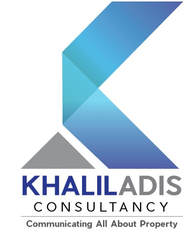|
The HDB, private property and rental markets will see price stabilisation in 2024 favouring buyers and tenants. By Khalil Adis If 2023 saw the HDB and private resale markets reaching record highs before subduing, then 2024 will likely see a further price correction arising from the property cooling measures, high-interest rates and upcoming supply. Likewise, the red-hot rental market will see further signs of stabilisation in the upcoming year. HDB resale market The HDB Resale Price Index (RPI) reached a record high in the third quarter of 2023 at 178.5 points. According to HDB’s flash estimate, the RPI for the fourth quarter of 2023 is at 180.2 points which is an increase of 1.0 per cent over that in the third quarter. A total of 24,447 flats were offered by HDB in 2023 comprising 22,780 Build-To-Order (BTO) flats and a further 1,500 and 167 flats offered under the Sale of Balance Flats (SBF) exercise and open booking of flats respectively. This new flat supply will likely divert buyers away from the resale market which leads to a corresponding dip in demand in both the resale and rental markets. As demand for resale HDB flats and rental eases, the RPI will likely correct itself to a more sustainable level. Private property market The private property market also witnessed the Private Property Index (PPI) climbing to a record high of 196.0 points in the third quarter of 2023. Meanwhile, the Urban Redevelopment Authority’s flash estimate showed that the PPI increased by 2.7 per cent on a quarter-on-quarter basis in the fourth quarter of 2023, to reach 201.3 points. This brings the price gain for the whole of 2023 to 6.7 points. The property cooling measures implemented in 2023 also affected sales volume as the government increased the Additional Buyer’s Stamp Duty (ABSD) and imposed a 15-month wait-out period for private property owners downgrading to HDB flats. Data from URA showed that sales transaction volume fell by about 27 per cent on a quarter-on-quarter basis for the fourth quarter of 2023. For the whole of 2023, sale transaction volume fell by about 15 per cent compared to 2022. This was the lowest annual sale transaction volume since 2016. Correspondingly, the increase in ABSD for foreigners from 30 per cent to 60 per cent appeared to impact prime areas the most. According to URA’s data, non-landed private properties in the prime areas were the most affected while those that are located in the Outside Central Region (OCR) were the least impacted. For example, the PPI for properties located in the Core Central Region (CCR) remained somewhat flat with a slight dip noted when the cooling measures were announced before rebounding to slightly below the 150-point level. Meanwhile, those that are located in the RCR saw the index strengthening considerably from 2022 to 2023. This implies that this particular segment had remained somewhat resilient despite the property cooling measures. One of the reasons could be that the RCR is relatively affordable making it popular among first-time local private property buyers who will not be impacted by the ABSD. Government ramping up supply in private and HDB markets To further cool the property market, the government is ramping up supply of 5,160 units in the second half of 2023. This will bring the total pipeline supply of private housing to about 59,100 units. According to the URA, of this, 41,900 units will comprise those with planning approval and 17,200 units from Government Land Sale (GLS) sites and awarded en-bloc sites that have not been granted planning approval yet. Overall, a total supply of about 100,000 public and private housing units will be completed between 2023 and 2025. This will likely see a further price correction and promote market stability favouring buyers. Growth areas The growth areas in Singapore have remained unchanged based on URA’s Master Plan 2019. The growth areas are in the Greater Southern Waterfront, Punggol Digital District and Woodlands Regional Centre. Read more about the Greater Southern Waterfront here. Read more about Punggol Digital District here. Read more about Woodlands Regional Centre here. What’s in store for buyers With about 100,000 public and private housing units to be completed between 2023 and 2025, 2024 will shift towards a buyers' market. This is because the incoming supply will ease demand and will likely see a further price correction and promote market stability in the resale market. This will undoubtedly favour buyers. What’s in store for sellers Sellers will likely face a tough time in 2024 as the 100,000 supply of both public and private housing will see buyers buy new launches in both markets. As such, sellers will need to price their houses realistically to continue attracting buyers. We are also likely to see fewer million-dollar HDB flats and those selling with cash-over-valuation (COV). Sellers will need to be pragmatic, moving forward. What’s in store for tenants Tenants, there will be plenty of good deals in the market. As such, 2024 is a good year for you to secure new a home with a fresh new lease at a reasonable price. This is because the incoming supply will impact the rental market resulting in rentals for HDB and private properties coming down. If your lease is expiring this year, it may be a good idea to renegotiate your lease with your landlord at market price. What’s in store for landlords Landlords will have to be realistic in their asking price in 2024 as the rental market is cooling off. Conclusion As Singapore's property market navigates the dynamic landscape of 2024, stakeholders should remain vigilant to the evolving trends.
The delicate balance between supply and demand, coupled with government interventions, will play a pivotal role in shaping the property landscape for buyers, sellers, tenants and landlords alike.
2 Comments
A friend's personal journey of overcoming homelessness with the support of the government. By Khalil Adis Imagine being homeless and not knowing where to turn for help. Recently, a friend of mine, whom I will call Derek, shared his struggles with me, and it struck a chord in my heart. Having personally experienced this, it is a situation I would not wish upon to anyone else. Through Derek's and my journey, it shows that the Singapore government genuinely does care and provides assistance to those in need. Trying to move forward but unable to afford a home Derek's life took a difficult turn after a bitter divorce, leaving him without a place to call home. With no choice but to leave his in-law's house, he had to find a rental room at short notice. Fortunately, Derek did not have the added burden of a shared matrimonial home or children, which made the situation slightly easier. Despite his efforts to move forward, Derek faced another obstacle – he could not afford to buy a home of his own with his current financial situation. Feeling hopeless and at a loss To afford a decent resale 2-room flat, Derek needed an additional $100,000 on top of his cash, CPF, and HDB loan amounting to $200,000. As a second-timer, he did not qualify for CPF Housing Grants that could have helped him. The situation seemed dire and Derek felt like he was running out of options. However, I knew from personal experience that giving up was not the answer. Light at the end of the tunnel I encouraged Derek to reach out to his Member of Parliament (MP) for help. Despite the high cost of living in Singapore, our government genuinely cares about those in need and assists on a case-by-case basis. I had gone through a similar situation before and received the support I needed. Derek took my advice and wrote to his MP, hoping for a glimmer of hope. The government's support and assistance Recently, Derek shared some good news with me – his MP responded and the Housing Development Board (HDB) is looking into increasing his loan quantum. This development means that Derek may soon be able to fulfill his dream of owning a home. Derek's experience serves as a reminder that we should never give up hope, and reaching out to your MP can make a significant difference in your housing situation. Conclusion In Singapore, homelessness is not an outcome that the government wants for its citizens.
As Derek's story shows, the government does show compassion and support when individuals find themselves in challenging circumstances. If you are facing similar housing struggles, I urge you not to lose hope and to reach out to your MP for assistance. The government is committed to helping those in need and ensuring that no one is left without a home. That's the beauty of Singapore – a nation that cares for its people, even in times of hardship. As Singapore's property market continues to reach new heights, investors are eyeing Malaysia as a potential alternative. But is it the answer to Singapore's escalating property prices? Let us find out. By Khalil Adis Singapore's property market has been making waves, with both the HDB and private property sectors hitting record highs in their price indexes. This surge in prices has prompted investors and homebuyers to search for alternatives and Malaysia has emerged as a popular choice. However, before you pack your bags and head south, let us dive into whether Malaysia truly offers a viable solution to Singapore's escalating property prices. The latest data from the Housing & Development Board (HDB) and the Urban Redevelopment Authority (URA) paints an intriguing picture. The HDB Resale Price Index (RPI) and Private Property Index (PPI) for the first quarter of 2023 reached unprecedented levels of 173.6 points and 194.8 points, respectively. These figures indicate a strong demand for properties in Singapore, driving prices to new heights. Analysts say they are witnessing resale transactions decreasing from April to March 2023, which could explain the marginal increase in the RPI. “In April 2023, HDB resale volumes decreased month-on-month by 4.3 per cent, following a 23.7 per cent surge in transaction activities in March,” said Luqman Hakim, chief data & analytics officer at 99.co.. But it is not just rising property prices that pose a concern. Rental rates have also skyrocketed, leaving tenants grappling with the search for affordable accommodations. Rising rentals Take, for instance, Marwani (not her real name), a landlord in Jurong West, who witnessed the rental price of her 4-room flat soar from $1,750 per month in 2021 to a staggering $3,500 per month in 2023—an almost 200 per cent increase! “I am lucky that my tenants have continued to stay on despite the steep increase in rental,” said Marwani. Her agent was the one who negotiated the lease renewal. The private property rental market also experienced a steep climb, with a 7.2 per cent increase in the first quarter of 2023. These exorbitant prices and soaring rentals have left many individuals, like Edward (not his real name), a tenant in Singapore, seriously considering buying a resale HDB flat as a more financially viable option. “I signed a 2-year lease which had averted a rental hike. However, I am pretty sure it will go up next year,” said Edward who lives close to the city centre. Edward believes that owning property might be more cost-effective in the long run, particularly with the prospect of rising rents. “It makes more financial sense to buy now rather than rent as I foresee it will be cheaper to pay my monthly mortgage should my rent increase,” he said. Analysts have also observed this growing trend, noting that tenants are increasingly turning to purchasing resale flats amidst high rental prices. “Resale prices increased by 1.1 per cent compared to March 2023, with 5-room flats rising the most at 1.9 per cent. It is possible that with rent prices remaining high, many tenants are opting to buy resale flats instead. Subsequently, with the revised ABSD rates from 27 April 2023 onwards, there is expectant pressure on rental demand (and prices), prompting spillover demand from tenants as they reinvest and buy HDB resale flats,” said Hakim. With the demand for properties in Singapore remained robust, the government has stepped in to cool the market. The recent increase in Additional Buyers Stamp Duty (ABSD), which affects second-timer Singaporeans and first-time foreign property owners, aims to rein in property speculation. Push factor to Malaysia? With 2-room HDB flats now hovering around the $300,000 mark and million dollar HDB flats becoming this norm, could this push potential biuyers to Malaysia? Not quite. Yusoff (not his real name) is among one of the few Singaporeans who is packing his bags after recently selling his 2-room HDB flat in Woodlands for slightly above $300,000. “My wife recently passed away while my relatives are all in Malaysia. It makes sense for me to retire there,” said Yusoff. Indeed, the first quarter data of 2023 from HDB showed that such flats were transacted at a median price of $330,000, $325,000 and $315,000 in Punggol, Sembawang and Yishun respectively. That is almost enough to buy a private property in Malaysia where the minimum purchase price in most states is at RM1 million, including in Johor. However, not everyone is in the same predicament as Yusoff. Edward, for instance, is staying put. Despite these cooling measures, the idea of buying properties across the causeway in Malaysia may not be as enticing as it seems. “There are many push factors such as the lack of liberal values in a predominantly Muslim country. Also, Malaysia appears to be unstable both politically and economically,” said Edward. While the affordability factor in Malaysia's property market may initially catch the eye of potential buyers, it is worth noting that property overhang for residential properties continues to be a serious issue. Johor, for instance, continues to be the leading state for residential overhang at 5,348 units, the third quarter of 2023 data from the National Property and Information Centre (NAPIC) showed. This would put pressure on the secondary market causing investors to suffer a loss as in the case of Country Garden Danga Bay. Additionally, concerns surrounding political and economic stability in Malaysia may deter investors who prioritise stability and predictability in their investments. Ultimately, while the ABSD increase may lead some investors to explore opportunities outside of Singapore, it seems that the challenges and limitations associated with investing in Malaysia may outweigh the potential benefits. As always, conducting thorough research and seeking expert advice before making any investment decisions is crucial. Conclusion So, is Malaysia truly the solution to escaping Singapore's soaring property prices?
The answer may not be as straightforward as it seems. While Malaysia offers some advantages in terms of affordability, potential buyers need to carefully consider factors such as political stability and the severe oversupply issue which may impact their investment. While resale HDB and private property are now at a record high, they are seeing a slower pace of price increase. By Khalil Adis As we enter the first quarter of 2023, Singapore’s property market is showing signs of resilience and stability after a turbulent few years. With a growing population, an expanding economy and a strong demand for housing, both the HDB and private property markets are expected to continue their upward trajectory. Here is a quick snapshot of what is happening in both the HDB and private property markets. HDB: Resale Price Index (RPI) is now at a record high For many Singaporeans, purchasing an HDB flat remains the most affordable option for homeownership. “I recently bought an HDB flat in Sengkang, and I have noticed that prices have gone up significantly compared to a few years ago. However, it is still affordable compared to private properties,” said one recent buyer, Tan Siew Ling. The HDB Resale Price Index (RPI) has been on a steady increase since 2019, and in the first quarter of 2023, it is expected to rise further. According to the HDB’s flash estimates for first quarter of 2023 data from HDB, the RPI is now at 173.4 point which is an increase of 0.9 per cent over that in the fourth quarter of 2022. “This is a slower increase than the 2.3 per cent increase in the fourth quarter of 2022, and is the smallest quarterly increase compared to the last ten quarters,” said the HDB in its press release. Challenges Nonetheless, the HDB market is not without challenges. For example, the price gap between newly MOP-ed flats and those in older HDB estates vary greatly. One such buyer is Amy and Khai who are finding that newly MOP-ed 3-room HDB flats, priced at more than $400,000, to be beyond their budget. With a combined monthly income of less than $3,000, CPF of around $30,000 and loan of around $180,000, Amy and Khai can only afford to purchase flats in older HDB estates. In the end, they narrowed down their search to a flat in Jurong West to be near their parents to qualify for the Proximity Housing Grant. While the asking price is significantly cheaper at $350,000, it comes with its own set of challenges. For instance, Amy and Khai are subjected to a pro-rated CPF usage since the remaining lease does not cover the age of the youngest buyer up to the age of 95. As Amy’s age is 30 and the remaining lease is 60 years, the couple’s HDB loan and Enhanced Housing Grant had to be pro-rated. Fortunately, with the increase in Family Grant from $50,000 to $80,000, Proximity Housing Grant of $30,000 and Enhanced Housing Grant, the grants went a long way in helping the young couple finance their flat purchase. “Our agent was very helpful in helping us do our financial calculations and recommend properties within our budget. Within one viewing, we decided to make an offer for the flat in Jurong West,” said Khai. “The government has imposed stricter loan-to-value ratios on buyers for HDB flats with a remaining lease of less than 60 years. This has resulted in a slower market for older HDB flats,” said analyst, Lim Hui Shan. Nonetheless, the HDB market is expected to remain stable and resilient. “Resale prices ceased to increase for the first time since June 2020, putting an end to the historic price rally that lasted for 31 consecutive months, as most room types experienced no increases in February 2023 except for 3-room flats. Following the Budget announcements, first-time HDB resale flat buyers can now enjoy higher amount of grants which should ease any concerns on affordability. As such, we expect demand to remain solid for the rest of 2023,” said Pow Ying Khuan, head of research, 99 Group. Private property market: Increase in ABSD has impacted luxury properties The private property market in Singapore has also experienced steady growth over the years.
According to the Urban Redevelopment Authority (URA) flash estimates, the Private Property Index (PPI) has increased by 6.0 points from 188.6 points in fourth quarter of 2022 to 194.6 points in first quarter of 2023. “I recently purchased a condo in Pasir Panjang and I’m really happy with my investment. I feel that the property market in Singapore is relatively stable and resilient,” said one investor, Johnathan Koh. However, the private property market faces its own set of challenges. The government has imposed an increase for the Additional Buyer’s Stamp Duty (ABSD) for foreign buyers (from 20 to 30 per cent) and local buyers (from 12 to 17 per cent) purchasing a second property. Analyst, Cheryl Lim, commented that “the ABSD has affected the demand for private properties, especially for high-end luxury properties. However, there is still demand for affordable and mid-range properties.” Despite the challenges, the private property market is expected to remain stable and continue to see growth in the first quarter of 2023. In conclusion, the Singapore property market remains resilient and stable, with both the HDB and private property markets showing positive signs of growth. Expect a period of correction for resale HDB flats and private properties which may favour buyers. Meanwhile, the rental market will continue to see strong demand favouring landlords. By Khalil Adis The cooling measures appear to have had an impact on the property market as it is now slowly shifting from a sellers’ to a buyers’ market. Anecdotal evidence on the ground shows that sellers are more realistic in their asking prices while buyers are now able to get homes that are within their budget. One such buyer is Ronald (not his real name) who is currently renting a room with his wife. “We looked around in early November 2022 but prices for 3-room HDB flats that had recently achieved their Minimum Occupation Period (MOP) were not within our budget ranging from $420,000 onwards. Sellers were also not willing to budge on their asking price,” said Ronald. However, in December, Ronald noticed that their asking price had started to come down at around the $400,000 mark based on listings on PropertyGuru. Meanwhile, data from HDB say otherwise, showing that the median resale price for 3-room HDB flats in the third quarter of 2022 has remained somewhat consistent, ranging from $320,000 to $460,000 compared to $320,000 to $436,000 in the second quarter. Sensing the market has turned, Ronald and his wife decided to make an offer for a corner unit in Bukit Panjang at $405,000 which was still lower than the asking price of $410,000. With an estimated monthly mortgage of $1,137, Lee said buying the unit will be a much cheaper option than renting. Ronald is currently paying $1.200 a month for his room rental. Thankfully, his offer was accepted by the seller. “The rent we are paying is currently quite hefty as rents have increased significantly by 20 to 30 per cent. Therefore, buying a house makes much more financial sense for us. Also, I am familiar with the area and it is within walking distance to Senja LRT station with plenty of amenities nearby,” he said. Indeed, according to data from the Urban Redevelopment Authority (URA), rentals of non-landed properties increased by 8.3 per cent in the third quarter of 2022, compared with the 7.1 per cent increase in the previous quarter. Meanwhile, data from HDB showed that the median price for the entire HDB flats for 2-room in the third quarter of 2022 was transacted at a median price of $1,930. “Our completion is expected to be around March and April 2023 which we are looking forward to as we anticipate our rent to increase further. Finally, we are able to have our own home,” he said. Sellers are more realistic Meanwhile, sellers are also willing to accept lower offers as the cooling measures take their bite. One such seller is Siti (not her real name) who has been trying to offload her odd-sized executive HDB flat since July 2022. Marketing her unit has proved to be challenging as her master bedroom comes with odd corners that make the placement of beds and cupboards difficult. Nonetheless, Siti received various offers starting from $660,000 and then $620,000. Subsequently, the sellers backed out due to various reasons. She finally settled for an offer of $615,000. Another seller adjusted their expectations for their 3-room HDB flat from $442,000 to $435,000 after numerous viewings. “We noticed that buyers are now taking time to make an offer,” said the seller who wishes to remain anonymous. HDB’s Resale Price Index (RPI) for the third quarter of 2022 showed that while the index saw an increase, it was slowed than the previous quarter. In the third quarter, the index was 168.1 points which was an increase of 2.6 per cent over that in the second quarter of 2022. This is a slower increase than the 2.8 per cent increase in the second quarter of 2022. Meanwhile, resale transactions rose by 10.7 per cent, from 6,819 cases in the second quarter of 2022 to 7,546 cases in the third quarter of 2022. When compared to the third quarter of 2021, resale transactions in the third quarter of 2022 were 10.5 per cent lower. Predictions for 2023 Looking ahead, the HDB resale market is expected to cool further due to the incoming supply from its Build-To-Order (BTO) exercise.
This will mean buyers can anticipate the prices for HDB resale flats to come down to a more realistic level. According to HDB, in November, it launched 9,655 flats for sale which was by far the largest BTO offering ever in a single launch. Spread across 10 projects in both mature and non-mature estates in Kallang Whampoa, Queenstown, Bukit Batok, Tengah, and Yishun, around 60 per cent (or 5,861 units) are offered in non-mature estates. This makes up almost half the number of flats offered in non-mature estates in the whole of 2022 “The November 2022 BTO launch is the largest BTO sales exercise yet for HDB. The bulk of the almost 10,000 flat supply, or close to 6,000 new flats, are located in non-mature estates (NMEs). This number is in fact bigger than the total flat supply of a typical BTO sales exercise, thus offering a wide range of affordable flats for homebuyers. With 95 per cent of 4-room and larger flats in this bumper crop set aside for first-timer households, and additional ballot chances for them, we encourage first-time applicants to apply for flats in the non-mature estates to increase their chances of securing a new BTO flat,” said HDB’s chief executive officer, Tan Meng Dui. When including the 1,071 units offered under the Sale of Balance Flats (SBF) exercise, a total of 10,726 new flats are offered in the November 2022 sales exercise. Meanwhile, the rental market for both private and HDB properties is expected to heat up further as the incoming supply from private (49,384 units as of the third quarter of 2022) and HDB flats (10,726 units) will take a few years to come on stream. Therefore, tenants may wish to exercise prudence by locking into a 2-year lease to mitigate any price increase. Property prices are expected to correct in the months ahead which may favour buyers. Meanwhile, the rental market is expected to heat up further. By Khalil Adis On 30 September 2022, the Singapore government announced various property cooling measures that are aimed at ensuring prudent borrowing and moderating demand. Indeed, the HDB Resale Price Index (RPI) and Private Property Index (PPI) as of the third quarter of 2022 are now at record highs at 168.1 and 187.8 points respectively. This means that first-time homebuyers are finding both HDB flats and private properties to be severely unaffordable. Meanwhile, potential sellers see this as an opportune time to profit from the red-hot property market. With this in mind, the government has had to intervene to ensure property prices remain affordable and are in tandem with wages. The measures include the following four-pronged approach:
How they may impact you as a consumer: For point 1, you will have to have a higher monthly combined income and pay a higher monthly mortgage and combined income . However, the actual interest rates charged will be determined by the private financial institutions. For point 2, the stress test has been increased to 3 per cent when calculating your monthly mortgage but with a reduced Loan-to-Value (LTV) limit at 80 per cent. This is to ensure your monthly mortgage remains affordable and within the 30 per cent Mortgage Servicing Ratio (MSR). On the overall, with a higher downpayment of 20 per cent, it will result in a lower mortgage payment when compared to an LTV limit of 85 per cent. However, this will not affect the actual HDB concessionary interest rate, which will remain unchanged at 2.6 per cent per annum. For point 3, buyers will need to come up with a higher cash and/or CPF amount (an increase of 5 per cent) to make up the 20 per cent downpayment. For example, for an $500,000 HDB flat, you will need to come up with $100,000 (80 per cent LTV) as opposed to $75,000 (85 per cent LTV). This means an additional cash and/or CPF outlay of $25,000. For point 4, this will mean sellers will have to rent either an HDB flat or private property during the interim period. This will result in increased demand in the rental market which will push asking prices further. According to data from the Urban Redevelopment Authority (URA), rentals of private residential properties had increased by 8.6 per cent in the third quarter to reach 137.9 points from 127.0 points in the second quarter of 2022. Meanwhile, HDB rentals have increased by around 30 per cent. Looking ahead, the rental market is expected to strengthen further which will favour landlords. Summary For buyers who are looking to buy a resale HDB flat or private property, you might want to wait out until their prices correct.
For sellers, you only have a small window period to take advantage of the exuberant market before it cools in the coming months. For landlords, the market will favour you due to increasing demand from existing tenants and ex-private property owners who have already sold their homes. For tenants, you will have to set aside more budget as rentals have now increased by around 30 per cent. Demand remains strong among local buyers with landed homes proving to be popular. By Khalil Adis Johor’s property market is finally seeing some signs of recovery, with majority of new launches (604 units) located within the state in the first quarter of 2022, data from the National Property and Information Centre (NAPIC) showed. Of the total of 2,961 units launched across the state of Johor, Melaka, Selangor and Pahang, 164 units (5.6 per cent) were sold. Majority of them (2,657 units or 90.5 per cent) were landed properties while the remaining 279 units (9.5 per cent) were high-rise apartments. Landed homes proved to be popular across these states with 164 units sold (6.2 per cent) out of the 2,657 units launched. What NAPIC’s data suggests While NAPIC’s data did not give a breakdown of the nationalities of buyers, these landed homes are likely snapped up by local buyers. Unfortunately, NAPIC’s data did not provide a breakdown of how many units were sold in Johor out of the 604 units launched. Interestingly, majority of the launches (1,197 units or 40.8 per cent) were priced from RM300,001 to RM500,000. This suggests that developers are targeting mass market local buyers in the low to medium price range. Record HDB and private property prices in Singapore may have spurred buying activity With majority of these launches located in the state of Johor, it is also likely developers are targeting Malaysians working in Singapore who prefer living in landed homes. The city-state has seen record prices in both the HDB and private property markets as well as rental hikes. Government data showed that the Housing and Development Board (HDB) Resale Price Index (RPI) and Urban Redevelopment Authority (URA) Private Property Index (PPI), as of the second quarter of 2022, are now at a record high. For example, HDB’s RPI is now at 163.9 points which is an increase of 2.8 per cent over that in the first quarter of 2022. Meanwhile, the PPI is also at a record high of 180.9 points whereby prices of private residential properties had increased by 3.5 per cent in the second quarter of 2022, compared with the 0.7 per cent increase in the previous quarter. Rentals have also increased in both the public and private housing markets, government data showed. These are among the push factors for Malaysians working in Singapore to look to buying or renting a property in Johor. Lukewarm sentiment among Singaporean and foreign investors Despite this, Singaporean and foreign investors are adopting a “wait-and-see” approach to Johor’s properties. Currently, the minimum purchase price in the state of Johor for foreign purchasers are at RM1 million, Of the 2,936 units launched, only 134 units (6.4 per cent) are priced at above RM1 million. This suggests that demand from Singaporean and foreign investors has remained rather muted. Some of the potential factors that may have deterred buying activity include the negative sentiments arising from the ongoing high profile corruptions cases involving Malaysian politicians, the severe oversupply of residential properties in Johor, crime and safety issues as well as the flip-flop in policies about the Malaysia My Second Home (MM2H) programme. Data from NAPIC showed that Johor has the highest residential overhang in Malaysia with 5,992 unsold units followed by Penang (5,816 units) and Selangor (5,215 units). Johor also has the highest serviced apartment overhang volume in Malaysia with 16,425 unsold units followed by Kuala Lumpur (4,459 units) and Selangor (2,337 units). Since the full opening of borders between Singa[pore and Malaysia on 1 April 2022, Johor has seen traffic congestions at both the Woodlands custom, immigration and quarantine (CIQ) checkpoint and Tuas Second Link. “We are seeing traffic jams across the causeway and the second link as well as long queues at the local eateries with more and more Singaporeans resuming their weekly visits to Johor and Malaysia. The Johor traffic to Singapore is almost back to normal,” economic affairs minister Mustapa Mohamed was reported as saying. However, buying activity among Singaporean and foreign investors has yet to pick up. Iskandar Malaysia continues to attract institutional investors Despite this, institutional investors have continued to invest in Iskandar Malaysia. Government data showed that Iskandar Malaysia has recorded committed investments of RM13.2 billion in the same period out of which RM5.9 billion have been realised. “A total of more than RM10 billion will be generated by foreign investors in this region for the development of data centres,” Prime Minister Datuk Seri Ismail Sabri Yaakob said in a statement. On July 25, the prime minister chaired the Iskandar Regional Development Authority (IRDA) meeting together with Johor's Chief Minister Datuk Onn Hafiz Ghazi. “In total, more than 6,000 people in this region have received direct benefits from the socioeconomic initiatives that have been carried out,” he was reported as saying. Upcoming projects may boost foreign investors’ confidence With border restrictions now eased, two projects could bolster confidence in Johor’s property market.
They include the Johor Bahru – Singapore Rapid Transit System (RTS) Link and Coronation Square. The RTS Link is a 4km cross-border railway shuttle project that will connect via a 25m-high bridge from Woodlands North Station (LRT) in Singapore to the Bukit Chagar Station in Johor Bahru. When completed in 2026, it can serve up to 10,000 commuters during peak periods, for every hour and in each direction. Meanwhile, Coronation Square which is located in the Ibrahim International Business District (IIBD) will be Johor’s equivalent to the KLCC. When completed by 2028, it is expected to create some 60,000 jobs and contribute over RM9 billion to Johor’s economy. With its experience in green urban design and master planning projects spanning three different continents, PLP Architecture says cities like London and Singapore are witnessing an increase in demand for green spaces while developers are now seeing monetary value in them. By Khalil Adis It took Covid-19 for developers around the world to realise the important connection between buildings and outdoor spaces. That is the observation of Lee Polisano, president and founding partner of London-based PLP Architecture. “What we learnt is that there was an actual preference for people to want to have a much stronger connection to what they did things to outdoor spaces,” said Polisano on the impact of Covid-19 on building design and architecture. Polisano was speaking to reporters at a press conference held at the Four Season Hotel in Singapore where he noted there was a significant shift in terms of urban design pre-Covid-19 to Covid-19 times. This, in turn, he said has had an impact on building materials and incorporating new technology. “Materials that are less effective by bacteria are very, very popular. Touchless technology and buildings have become very, very popular. Dare I say, facial recognition in some places as an enabler has become very, very popular. There are a lot of things that are happening,” he said. Transforming urban areas into green spaces From London to Tokyo, PLP Architecture has designed and delivered a wide range of projects around the world ranging from office to master planning and urban design. So what results are intelligent, ground-breaking and exciting designs through the firm’s profound commitment to social, economic and environmental ideals. One example is the recently opened One Bishopsgate Plaza, in London, United Kingdom. The project marks the completion of a mixed-use master plan that originated with the adjacent Heron Tower to the south. The master plan envisioned a new City of London, moving away from the mono-culture of the office towards a rich aggregate of different uses that brings together hospitality, residential, amenity spaces, new types of retail as well as innovative public realm and place making. Having created some of the greenest buildings on the planet, his architectural firm is now designing and building projects on three continents. Increase in demand for green spaces in London and Singapore With his firm's experience across different continents, Polisano notes that demand for green spaces had increased significantly in certain cities like London and Singapore since Covid-19. “If you take, for example, London’s parks, the realisation rate of London’s parks increased by 200 per cent from pre-Covid times to Covid times. They have impacted the time people want in open spaces. I hear in Singapore, they increased,” said Polisano. Meanwhile, New York City and Tokyo had witnessed a decrease. “In New York City, it actually dropped to under 40 per cent than normal realisation. Tokyo also saw a decrease,” he said. Regeneration project for midtown Tokyo Speaking of Tokyo, Polisano and his team are currently embarking on an urban regeneration project by transplanting their green and sustainable design ideas in the city. Called Tokyo Cross Park, the firm was appointed in March this year as the master designer and placemaking strategist for one of Japan’s largest, greenest post-war urban renewal projects. It is also the architect for two of the four mixed-use towers on the 6.5- hectare site in the prestigious and culturally-significant Uchisaiwaicho 1- Chome district. “We are deeply honoured to be part of this exciting enterprise. Everything that PLP embodies was brought to bear on this project. Through it, we will deliver our commitment to use design and technological innovation to contribute to the flourishing of life and business, and importantly to protect the built environment,” he said. Located a stone throw’s away from the shopping district of Ginza, the multi-year, multi-billion-dollar project will connect the city to the 16-hectare Hibiya public park. It will include four towers, a 31-metre-tall podium and a two-hectare public plaza. When the project is fully completed by 2037, it will create a total of 1.1 million square metres of offices, commercial facilities, hotels and residential units. “The Tokyo Cross Park will become a flagship for sustainable development in Japan and will showcase the possibility of reaching the government’s target of carbon neutrality by 2050,” said Polisano. The regeneration of midtown Tokyo will also see the rebuilding of the Imperial Hotel. This legendary landmark has welcomed royalty, heads of state and international business leaders for over 130 years. Opened in 1890 by Japan’s aristocracy, it was rebuilt for its times in 1922 by American architecture doyen Frank Lloyd Wright before being redeveloped for the third time. Designing Park Nova In Singapore, the firm is responsible for the design of the upcoming garden-inspired, green-clad landmark residential building called Park Nova.
Interestingly, Polisano shared that Park Nova’s design concept was implemented pre-Covid-19. Located in the prime district of Orchard Road, PLP Architecture took inspiration from Park Nova’s lush, green environment to create 54 spacious apartments that seamlessly marry indoor and outdoor spaces. With an increase in demand for green spaces, one of the challenges PLP Architecture had faced is the city’s hot, tropical climate which is applicable also to Malaysia. “I think you have to realise that, for example, to create this kind of space in a European context or North America, the climate allows you to do it more readily year-round than it is here. Here, you got to look at other ways of creating this connection through design. That’s still quite a challenge,” he said. To overcome this challenge, the firm came up with a biophilic concept. This concept could also be replicated in Malaysia. “The whole narrative of Park Nova was creating outdoor spaces garden-like environment which everybody experiences when you move to Singapore for individual apartments. That indoor-outdoor biophilic connection was already there. But now, the influence is quite strong on the creation of outdoor spaces,” said Polisano. Indeed, Park Nova’s design and architecture include a variety of dedicated resident amenity spaces that promote health and well-being while supporting active lifestyles. Sitting on a site area of 43,356 sq ft, this freehold development integrates its outdoor and indoor spaces by incorporating a lap pool, garden seating and outdoor lounge, just to name a few. “What’s interesting about it is that people discounted the value of this kind of space before. I think real estate developers now see there is a monetary value in them as well. It is a win-win for everyone. Unfortunately, it was a hard lesson to learn and a very, very difficult way. It has changed everyone’s lives forever,” he concluded. Technology and finance sectors will dominate the office market, especially for Grade A offices in the CBD. By Khalil Adis For the past year, bank manager, Cheryl, has been working from home for three weeks a month as the default measure kicked in when COVID-19 happened. The experience, she said, was a nice change from the usual office routine. “Working from home has its pros and cons. The most obvious advantage is the flexibility I have especially when I have a pre-school child. I get to send my son and pick him up from school every day. Occasionally, I can whip up a nice dinner when I'm less tied up at work. I also spent less time commuting and more time bonding with my family,” she said. While acknowledging she enjoyed the flexibility, she notes there were some downsides as well. “I tend to overwork. There are occasions I would turn on my laptop when my son is asleep at night or on weekends when he is napping. I was even working when I was feeling under the weather,” she said. Another major drawback she experienced was the reduction in human interactions. "The lack in connection with the team tends to drift professional relationships,” she added. Fast forward a year later, Cheryl is now back in the office after the government announced that starting from 1 January 2022, fully vaccinated employees can return to work. Grade A office rents in the CBD projected to grow by 4.6 per cent With many workers like Cheryl now back in the office, analysts are expecting Singapore’s office market to make a strong recovery in 2022. A report released in February 2022 by Cushman and Wakefield predicts that Grade A office rents in the Central Business District (CBD) will grow. “The Singapore office market bottomed out in 2021 as demand continues to recover amidst a flight to quality. Looking ahead, Singapore’s CBD Grade A office rents are projected to grow by 4.6 per cent year-on-year with vacancy rates tightening to below 4 per cent by end-2022, against a backdrop of projected sustained demand of 0.9 million sq ft (msf) and limited supply of 0.8 msf this year,” said Wong Xian Yang, head of research, Singapore at Cushman & Wakefield. Data from Cushman and Wakefield also showed that Grade A and B office spaces are seeing growths after six consecutive quarters of decline since the first quarter of 2020, although this was still lower than the growth that was recorded before the pandemic began. “CBD Grade A office rents rose by 1.7 per cent quarter-to-quarter in the fourth quarter of 2021, marking three consecutive quarters of growth. For the whole of 2021, CBD Grade A rents grew 2.3 per cent year-on-year to reach $9.81 per sq ft per month, although this remains about 8.0 per cent below pre-pandemic (fourth quarter of 2019) levels,” its report cites. More investment deals expected Shaun Poh, Cushman & Wakefield Singapore’s executive director and head of capital markets said we may see higher office investment deals done with the Singapore market poised to outperform the broad Asia Pacific market this year. “With anticipated strong rental growth, investors looking to deploy capital into safe haven assets with healthy returns will find the Singapore office market appealing,” he said. Poh adds that as the market continues to recover and with limited stocks available for sale, buyers may bite. “Amidst ample liquidity and keen demand, office capital values expected to run up and cap rates could compress further with higher interest rates. Assuming cap rates tighten to 3.10 per cent in 2022 from 3.15 per cent in 2021, CBD Grade A capital values could increase by over 6 per cent this year,” Poh said. Notable lease transactions in 2021 Analysts said with the flight to quality seen last year, several notable tech companies upgraded from Grade B to Grade A CBD offices, totalling around 297,500 sq ft of lettable space. For instance, Lazada and Ali Baba took up some 140,000 sq ft of space at Lazada One followed by KPMG (100,000 sq ft) and Red Hat (57,500 sq ft) at Asia Square Tower 2 and CapitaSpring respectively. “We may see a slower and drawn-out recovery momentum as compared to historical recoveries. While office demand has risen in tandem with a strong economic recovery in 2021, the rise of hybrid work will likely lead to lower structural demand for office space as more people are able to work from home,” its report cites. Increase in leasing interests from finance and technology sectors One agent who does corporate leasing in the CBD said he is seeing an uptick in interests among prospective tenants from the finance and technology sectors. “Traditionally, firms in these sectors would lease co-working spaces. However, post COVID-19, they are now looking for fully fitted COVID-19 safe Grade A office space with a budget ranging from $7.50 to $8.50 per sq ft for a 2-year lease,” said the agent. A human resource executive in the finance industry who is currently occupying a co-working space concurs with this finding. “Initially, we were looking at co-working spaces as they have all the furniture done up. However, we are now exploring offices that are fully fitted out as well. As long as the price is within or budget and within easy access to the MRT stations, we will consider the space,” said the executive who wishes to remain anonymous. Analysts also agree with these findings. Cushman and Wakefield Singapore predicts technology and financial occupiers will continue to be major sources of office demand in 2022. The firm said this is because Singapore is a prominent tech hub globally with 88 of the world’s top 100 technology companies operating in Singapore and 59 per cent of tech multinationals establishing their regional headquarters in Singapore. “As these tech companies grow, their appetite for CBD Grade A office space would expand. However, given limited Grade A spaces within the CBD, some would start exploring city fringe Business Park space, following the likes of Google, Razer and Grab, as they outgrow their current premises. While this could create sizeable pockets of space in the CBD over the mid-term, they could be filled by future demand from future tech firms. Singapore has a vibrant start-up scene with over 4,000 tech startups locally and access to a large concentration of startups in Southeast Asia,” said Mark Lampard, Cushman & Wakefield Singapore’s executive director and head of commercial leasing. Moving forward With working from home no longer the default mode, some employees like Cheryl hopes for some flexibility to be allowed.
“It will definitely be great if we can have work from home as the norm for at least 25 per cent of the time going forward. This will give flexibility for working parents to attend to their kids as and when it is required. This could also reduce the sick leave rate if employees have the option to work from home,” she said. Meanwhile, analysts say while they remain optimistic, some inherent risks remained. “While the outlook for the Singapore office market looks promising, there are potential downside risks such as new Covid-19 variants which could reverse re-opening of economies and faster than expected rise in interest rates which could derail the recovery of the global economy,” said Lampard. Lampard advised potential tenants to make the best of the office market while they still can. “Notwithstanding these potential downside risks, tenants who are delaying their real estate decision making are advised to fast track their planning to optimise the opportunities available in the office market and ‘catch 22’ before it goes away,” he said Despite COVID-19 and record housing prices on the island, buying activity in Singapore has remained brisk while Malaysia’s has been somewhat muted. By Khalil Adis Ask any Singaporeans if they will invest in Malaysia right now and most likely they will say no. Instead, Singaporean investors flushed with cash have been busy snapping up properties in the Lion City. Data from the Urban Redevelopment Authority (URA) showed that in the third quarter of 2021, developers sold 3,550 private residential units, compared with the 2,966 units sold in the previous quarter. This figure does not include Executive Condominiums. So what gives? With COVID-19 travel restrictions, it makes sense to buy a property within Singapore. Amid the pandemic, news of Singaporeans having their homes broken into in Johor while they were away plus other developments from across the causeway may have spooked potential investors. From the cancellation of the Kuala Lumpur-Singapore High Speed Rail (KL-Singapore HSR) project to the revision of the Malaysia My Second Home (MM2H) policy, such news is enough to rattle investors’ confidence. After all, if a high-level government-to-government project like the KL-Singapore HSR could be terminated, what more for those involving the private sector like housing? Thus, it came as no surprise that despite its higher property price, buying activity has remained robust within the Lion City with record prices seen in both the HDB and private property markets. Malaysian developers are also closely watching Singapore’s property market. Wanting a slice of the lucrative pie, some are considering launching projects in Singapore but are unsure if Singaporeans will bite. Singapore: Record prices call for curbs to cool the property market When comparing Singapore’s and Malaysia’s property market performances since the pandemic began, they contrast like day and night, as government data showed. While properties in Singapore are notorious for being one of the most expensive in the world, it is also seen as a safe haven for property investment due to its political stability, efficiency and transparency. This may perhaps explain why despite COVID-19, the local property market experienced a bull run. Data from HDB showed that the Resale Price Index (RPI) for the third quarter of 2021 is now 150.6 points - a record high so far. This was an increase of 2.9 per cent over that in the second quarter. Meanwhile, data from the URA, showed that prices of private residential properties increased by 1.1 per cent in the third quarter of 2021, compared with the 0.8 per cent increase in the previous quarter. Similarly, the Private Property Index (PPI) is also at a record high. This had prompted the government to introduce a slew of cooling measures on 15 December 2021. Malaysia: Pandemic fatigue saw lukewarm buying activity but housing prices continued to rise Malaysia is one of the few places in the world where foreigners can own a freehold property. By default, this should make Malaysia a highly sought after investment destination. However, government data showed otherwise. Data from the National Property and Information Centre (NAPIC) showed that the Malaysian House Price Index for the third quarter of 2021 was at 198.6 points. On a year-on-year and quarter-on-quarter comparison, the index declined by 0.7 and 1.9 points respectively. Meanwhile, house prices continued to increase from a median price of RM204,470 recorded in 2009 to RM428,458.42 in the third quarter of 2021. This suggests that while the market has remained somewhat lukewarm, property prices have kept on climbing by a whopping 209.54 per cent in 12 years. So while locals are priced out from the property market and are not buying, foreigners appear to be staying away too. This is despite the strong Singapore dollar versus the Malaysian ringgit. Severe oversupply of residential units in Malaysia It is also worth noting that Malaysia has a severe oversupply problem with 30,358 unsold residential units valued at RM19.80 billion, figures from NAPIC showed. Of this, the majority of them (6,509 units) are located in Johor, just next to Singapore. Nation-wide, the majority of them (10,262 units or 33.8 per cent) are priced between RM500,000 to RM1 million - a price point beyond the reach for most Malaysians. Clearly, majority of the unsold units located in Johor are geared towards foreign buyers. KL-Singapore HSR resumption is needed to bolster confidence While COVID-19 has hampered cross border travel, there appears to be light at the end of the tunnel when both countries officially launched the Malaysia–Singapore land Vaccinated Travel Lane (VTL) scheme on 29 November 2021. Significantly, Malaysian Prime Minister Ismail Sabri is also suggesting reviving the terminated KL-Singapore HSR project during the launch. As a key regional aviation hub, Singapore offers Malaysia direct access to affluent travellers and potential investors. The Lion City also has among the highest concentration of high net worth individuals in the world. With three stops in Johor, it seems almost impossible that the KL-Singapore HSR project could succeed without Singapore’s participation. Look beyond local politics Malaysia will need to look at the bigger picture to see that the KL-Singapore HSR project can enhance cross-border investments that will in turn, solve its housing woes.
Rather than viewing Singapore as a rival, Malaysia should see that the KL-Singapore HSR project is a win-win solution for both countries. The spirit of good neighbourliness and gotong-royong must prevail. After all, when Iskandar Malaysia was first mooted by former Prime Minister Abdullah Badawi, Singapore was meant to complement and not compete with Malaysia. This is something local politicians need to be reminded of time and again. For now, the only investors Malaysia can bank on are the permanent residents that are still holding Malaysian citizenships in Singapore |
Khalil AdisAn independent analysis from yours truly Archives
July 2023
Categories
All
|
100 Peck Seah Street
|
|
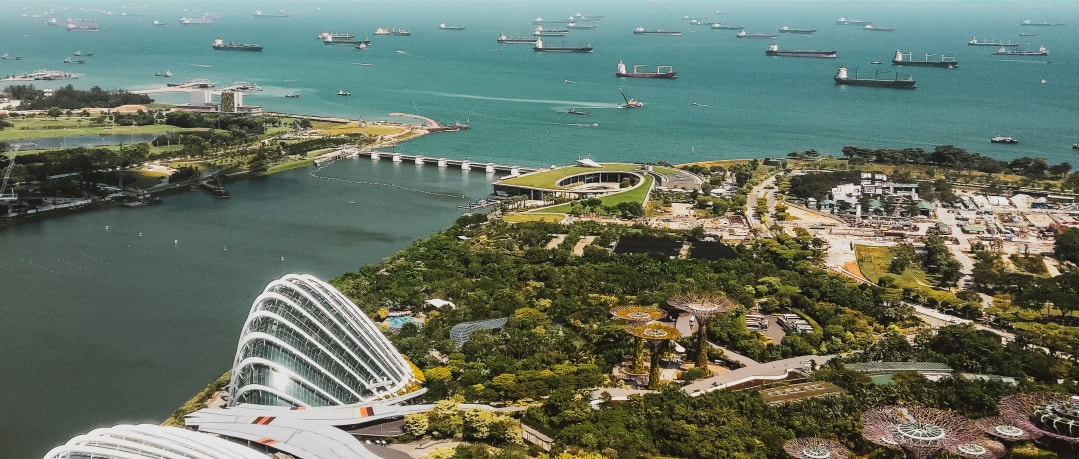
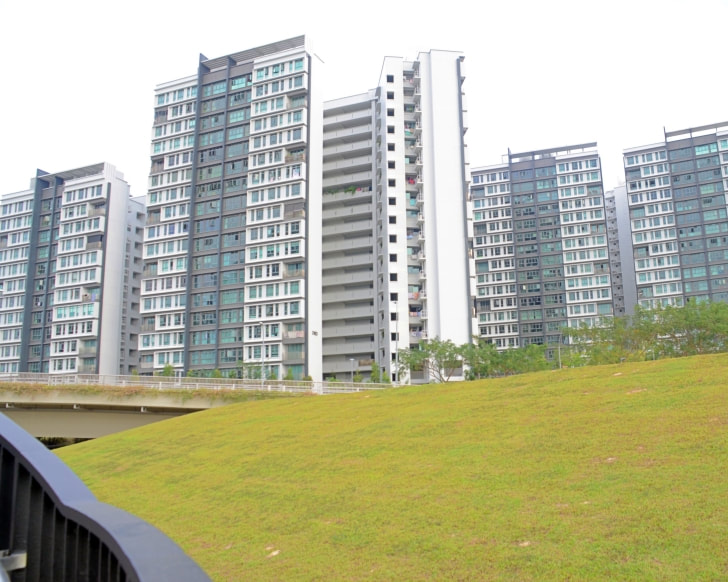
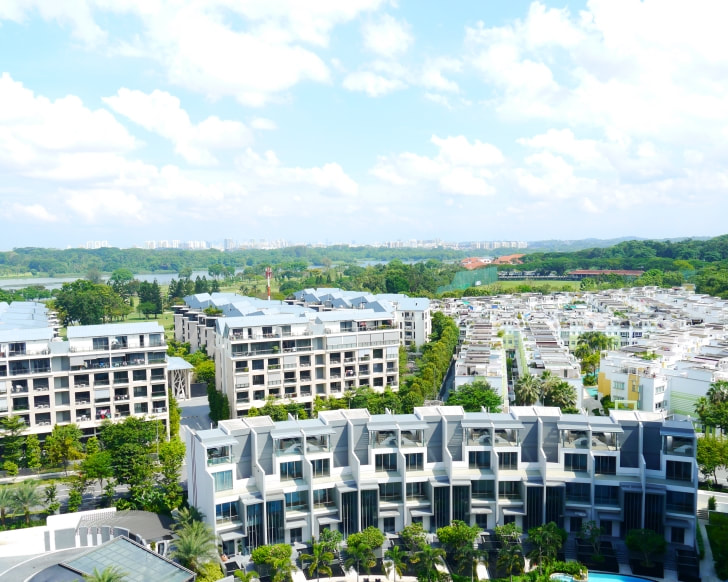
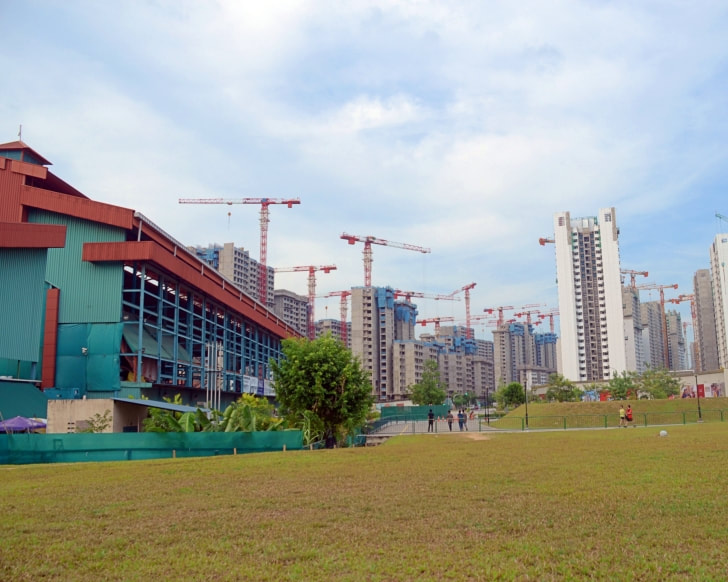
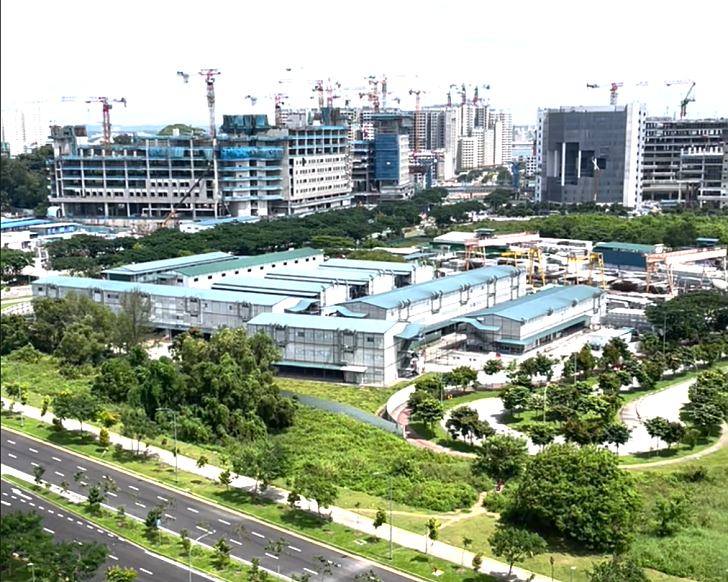
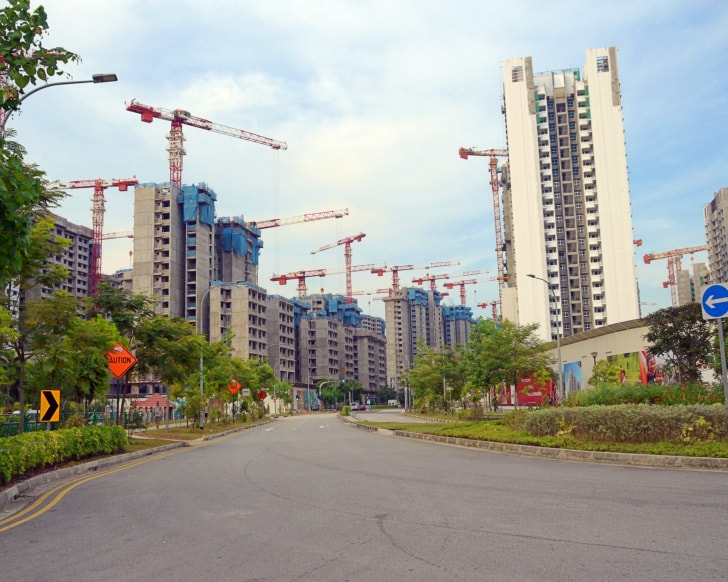
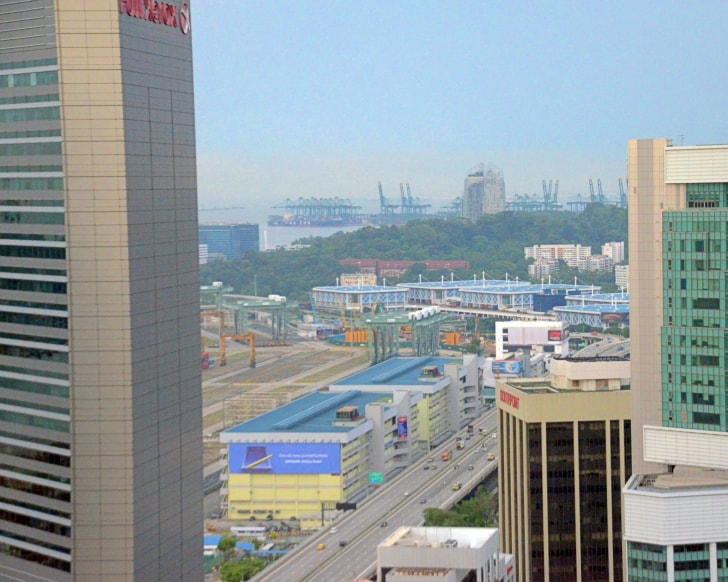


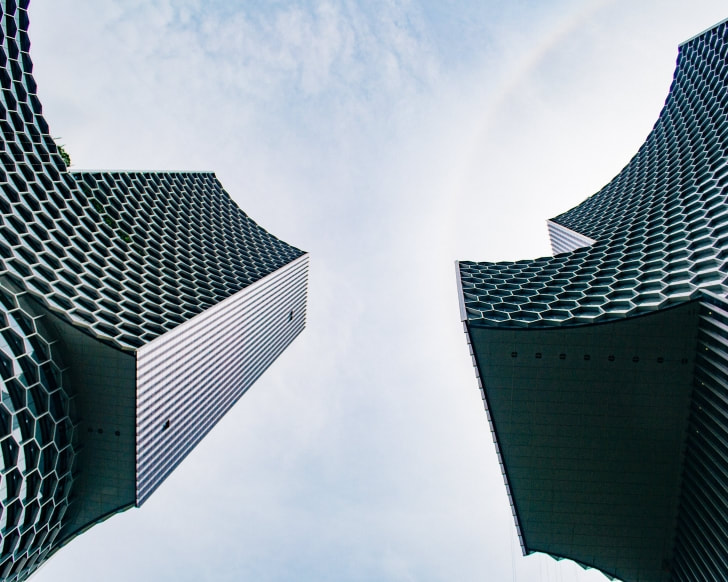
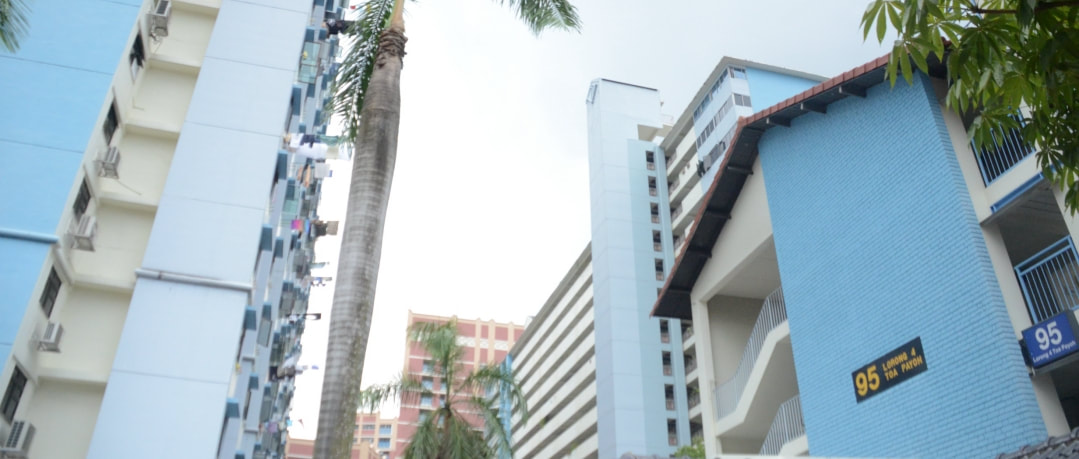



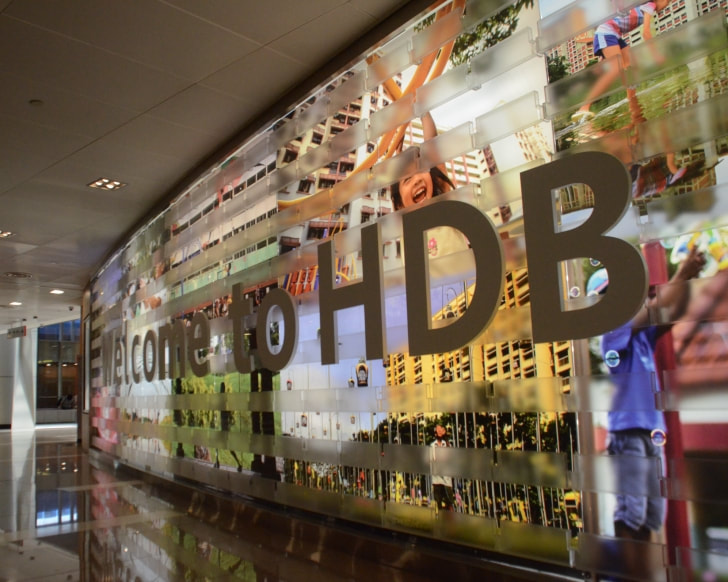
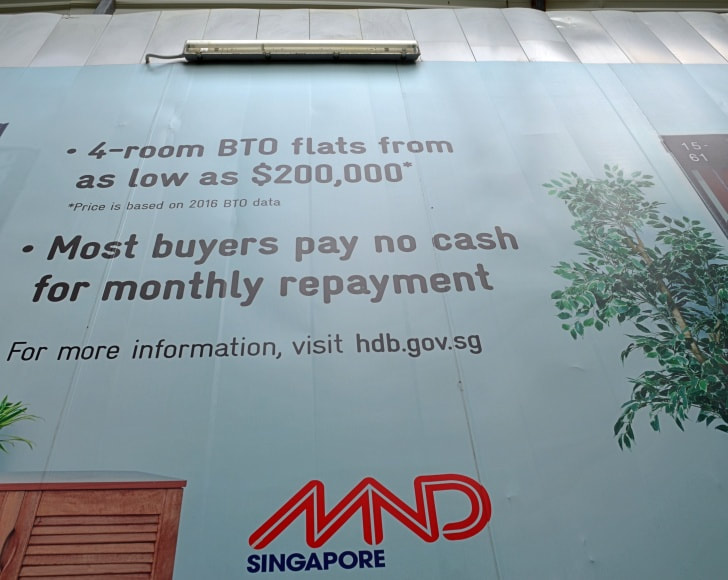
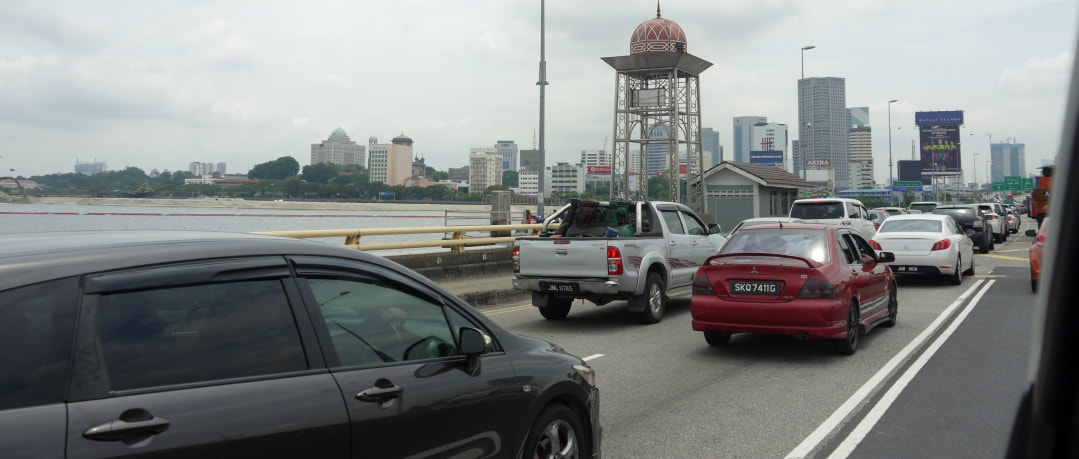

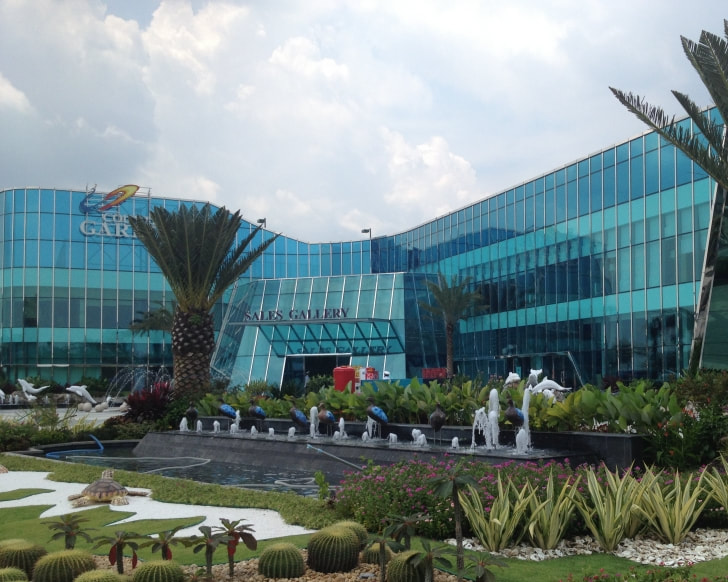
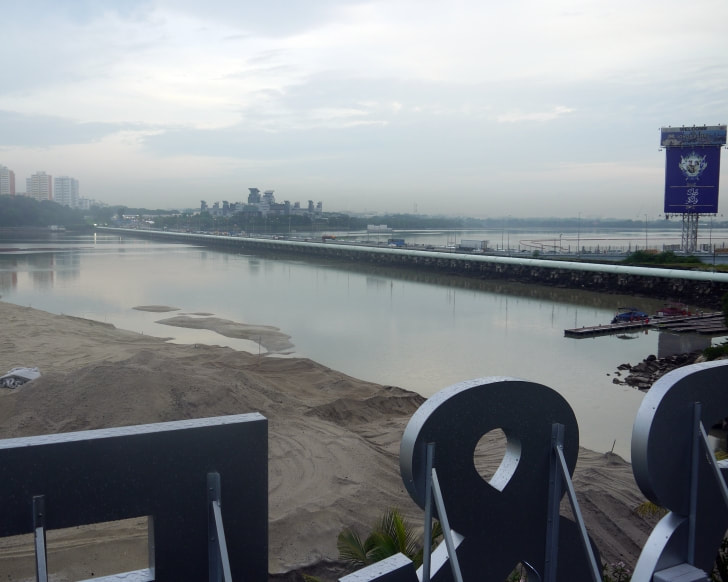
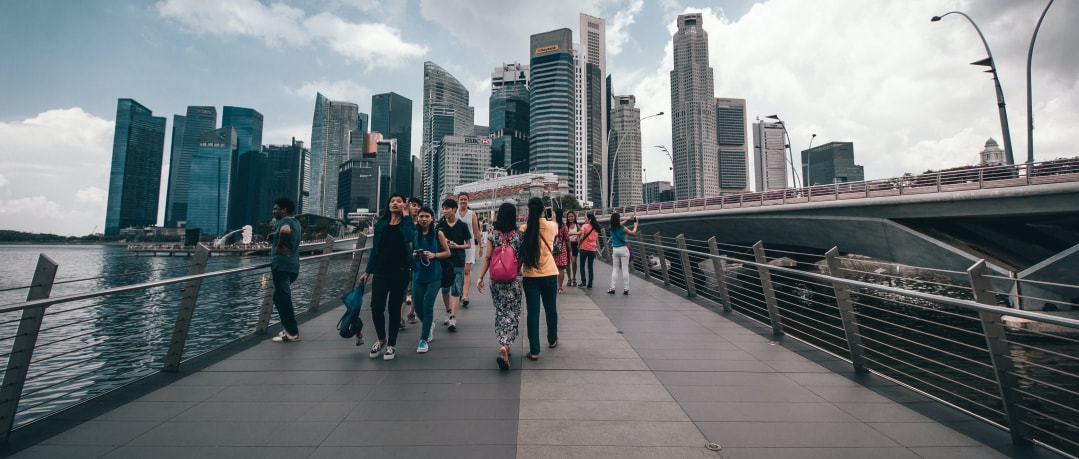
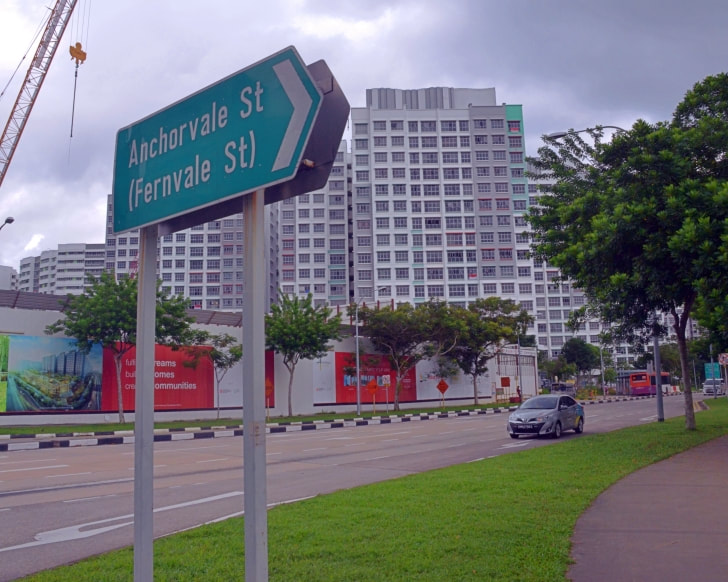
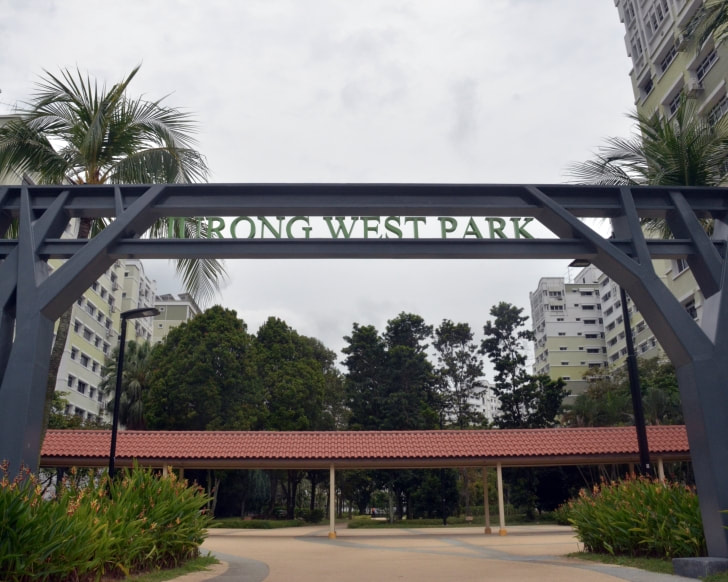
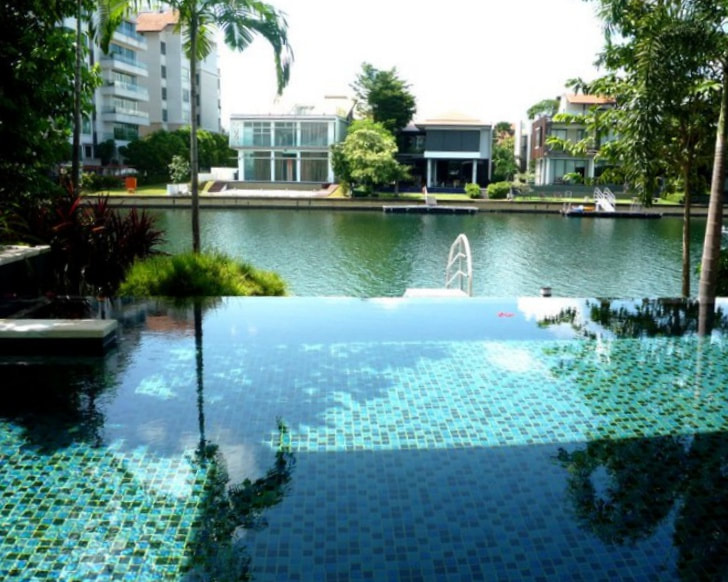
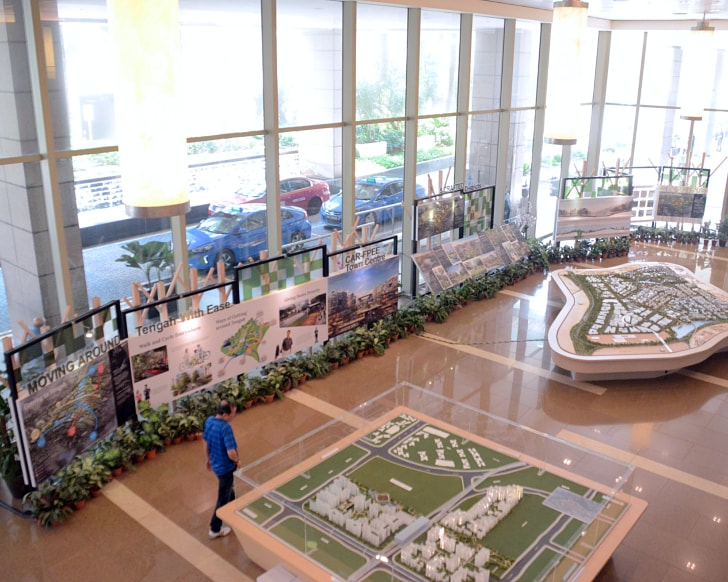
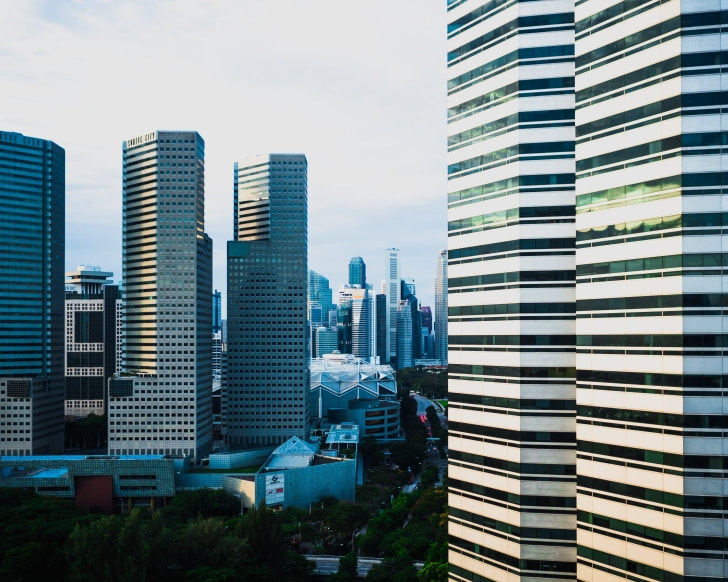

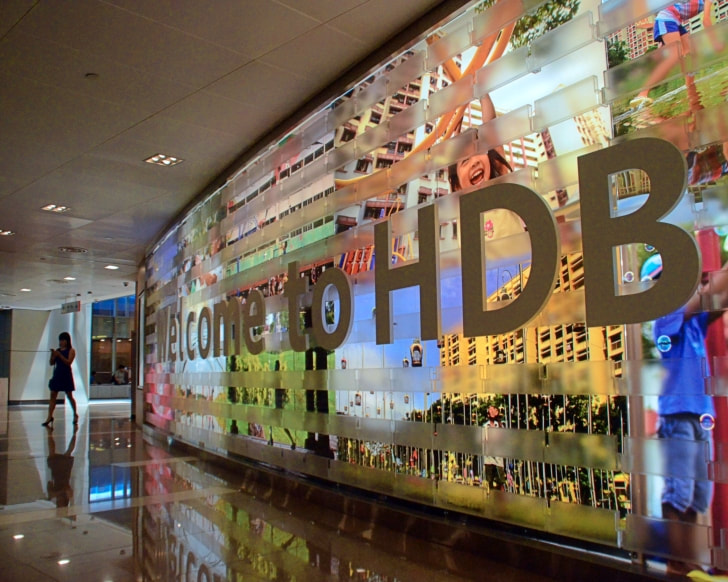

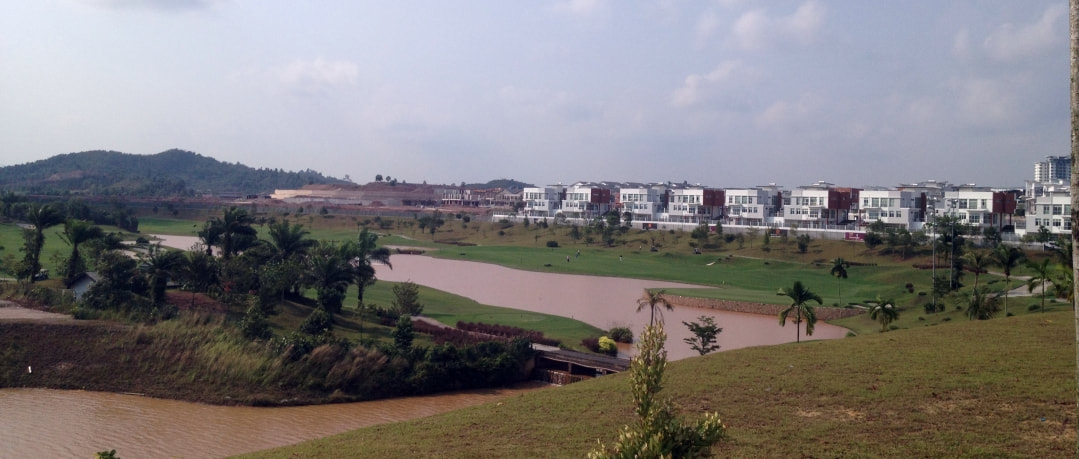
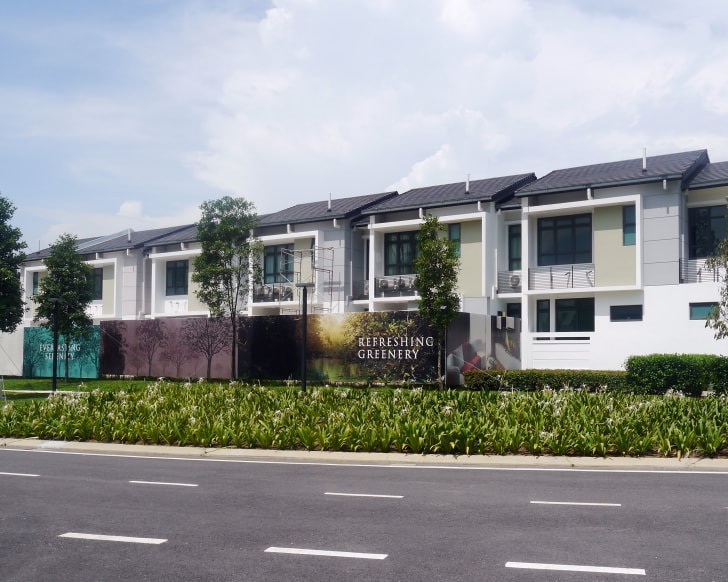
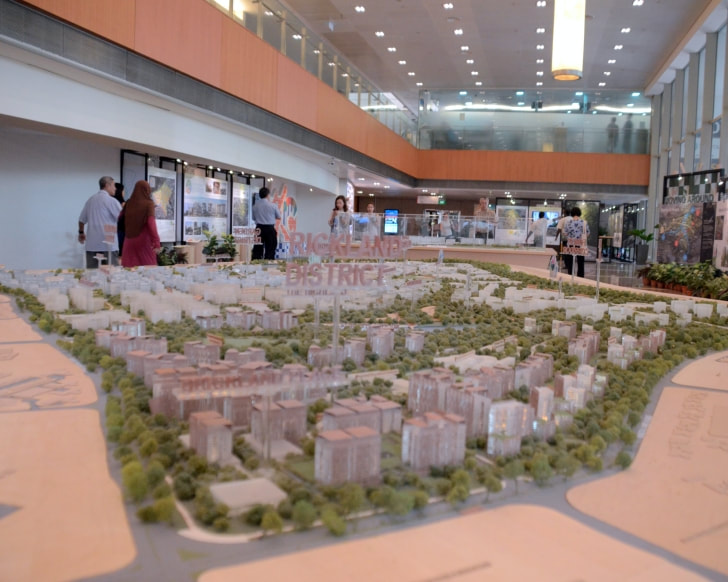
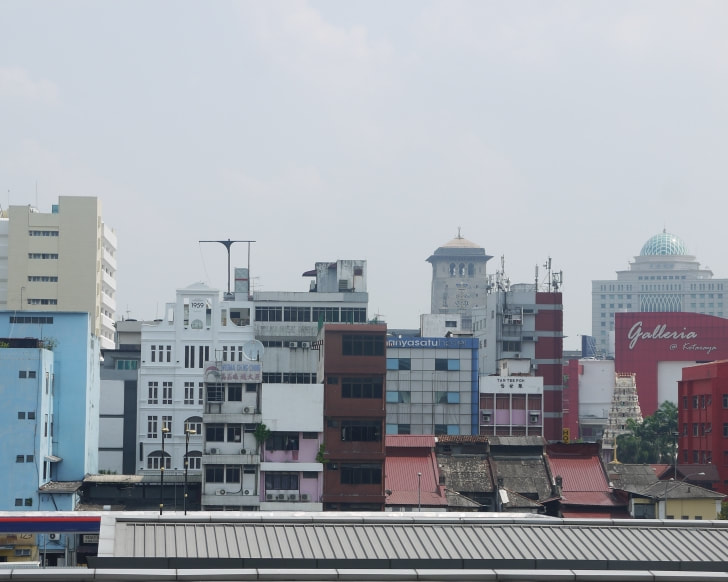
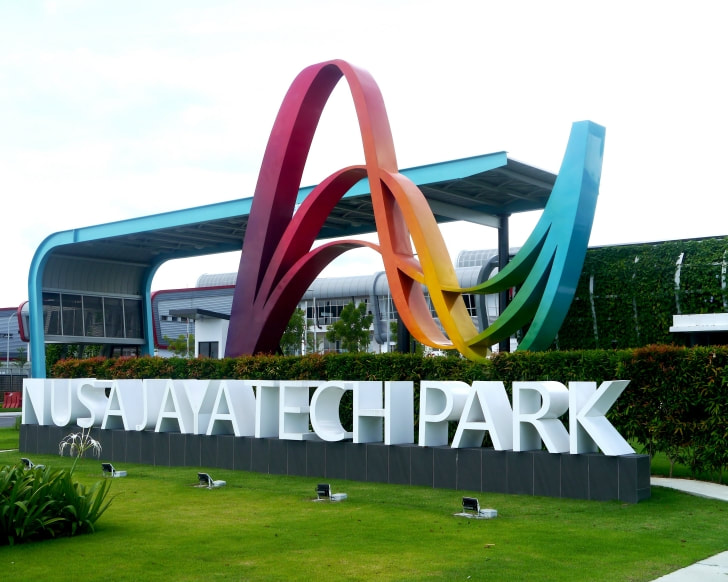
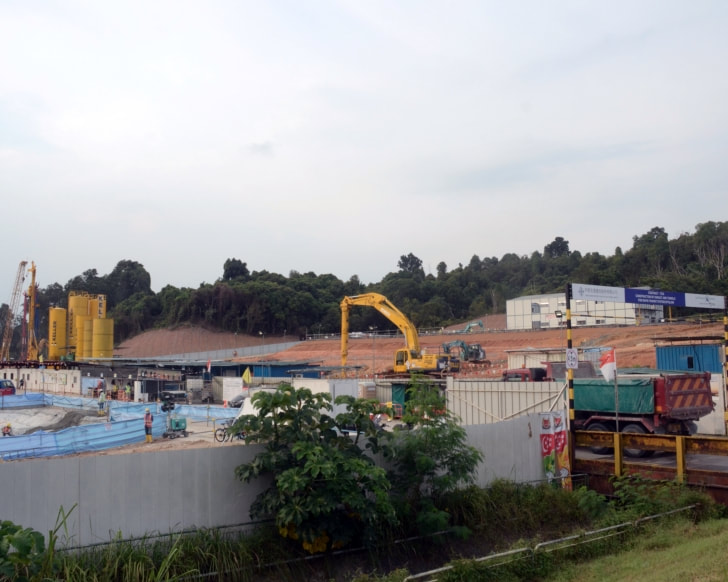
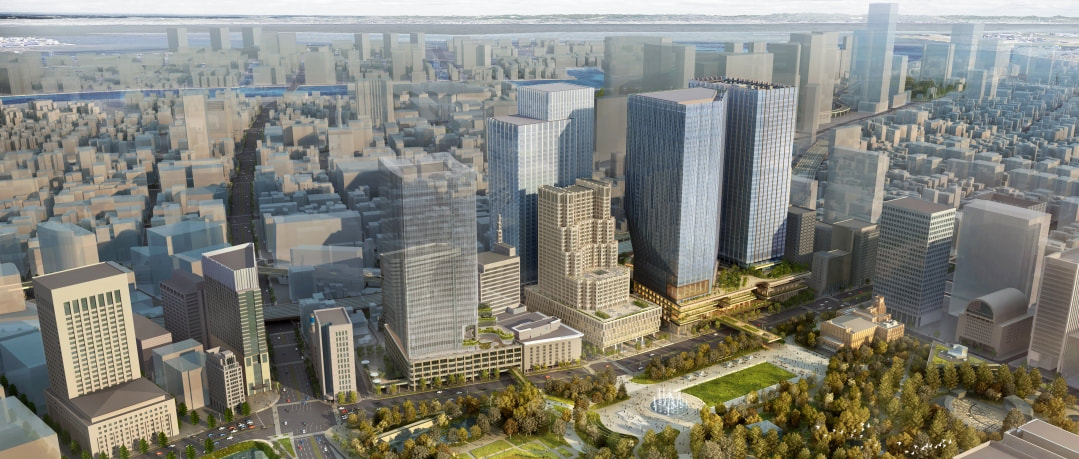
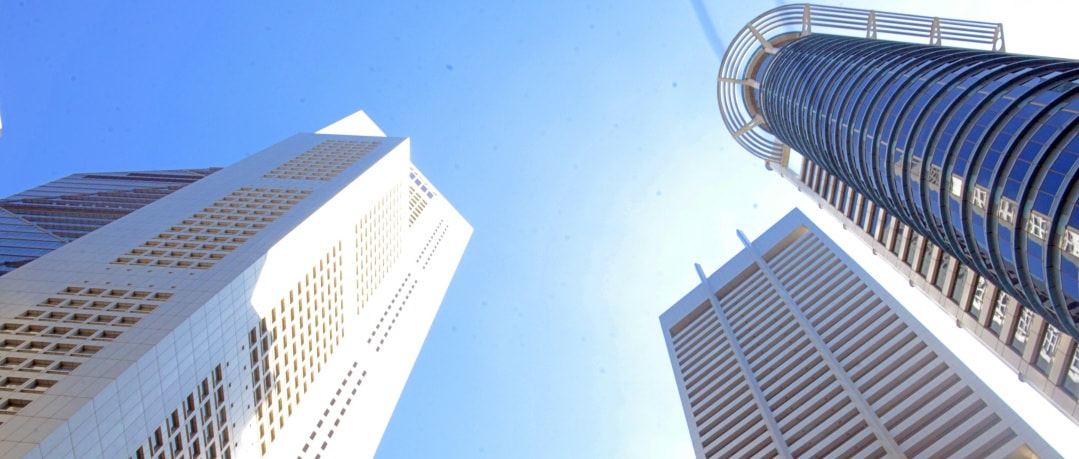
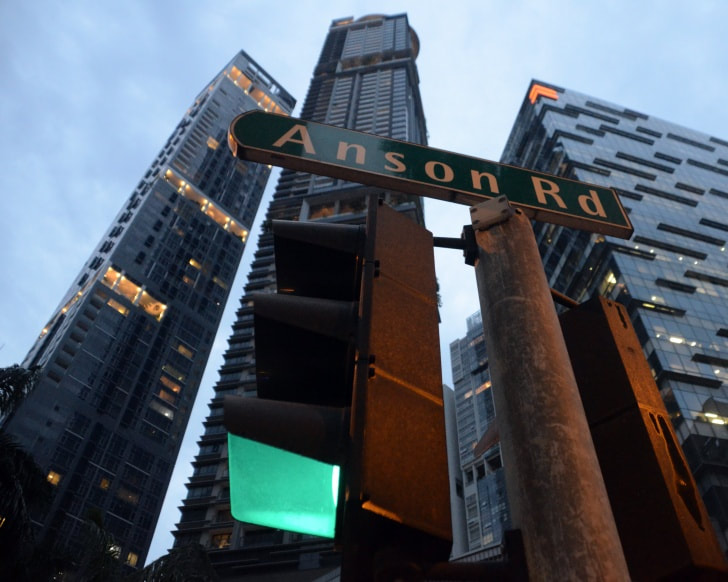
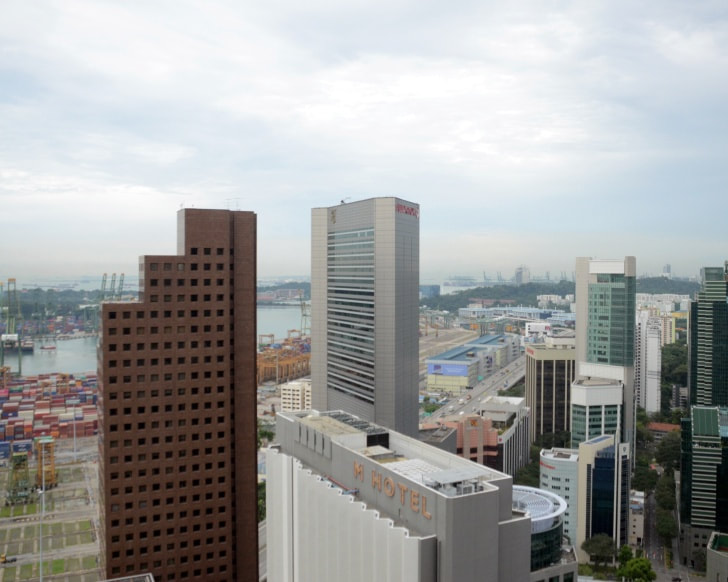
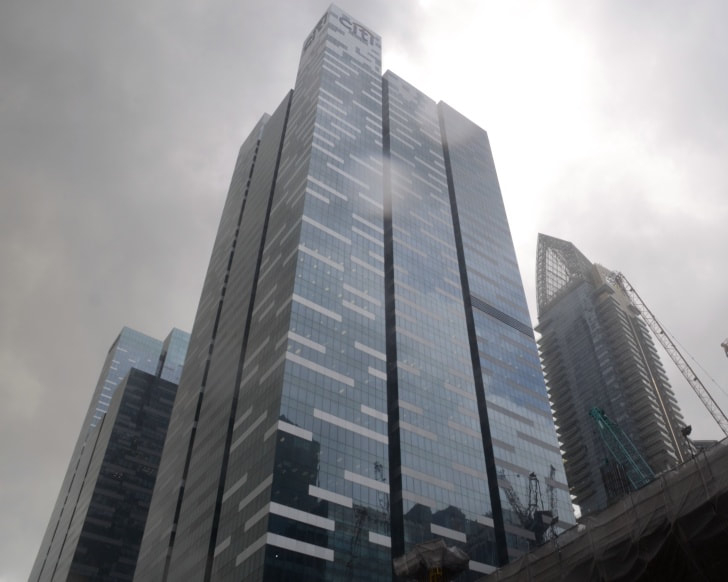
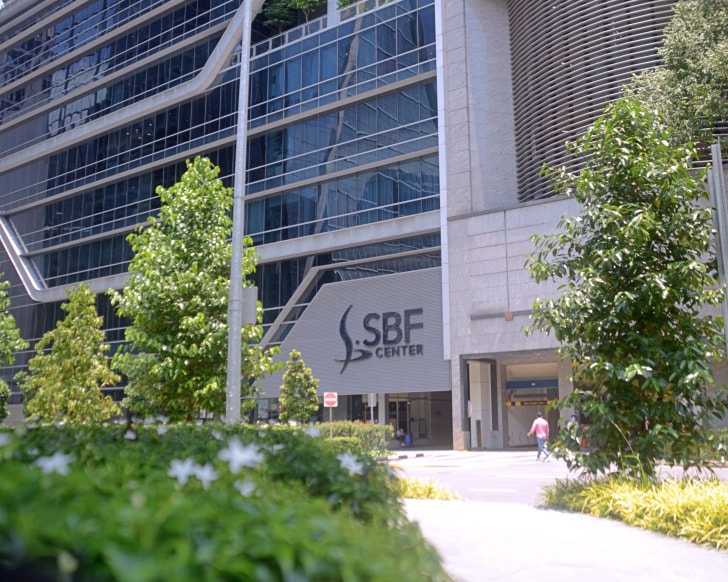
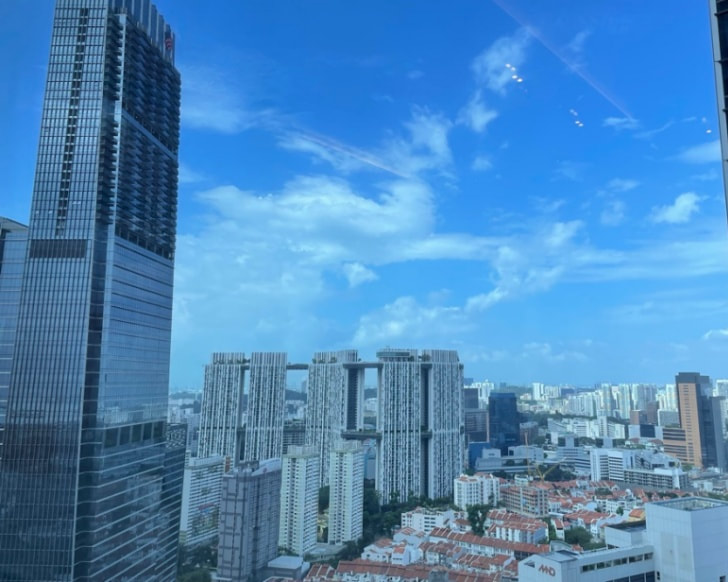
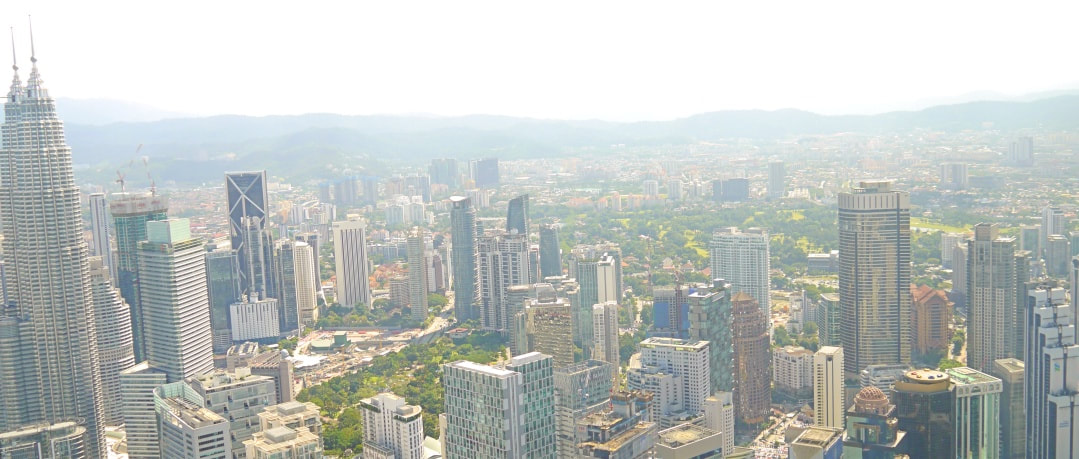
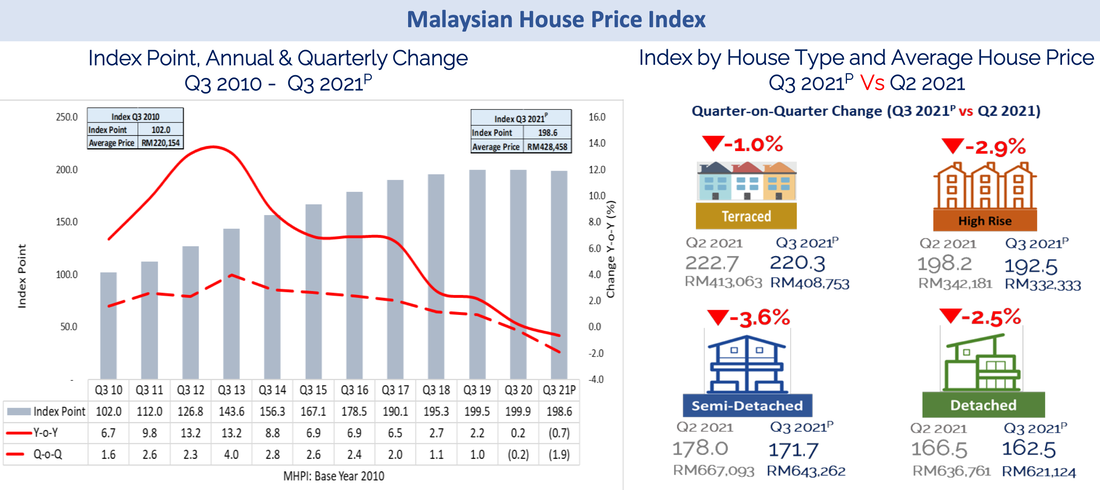
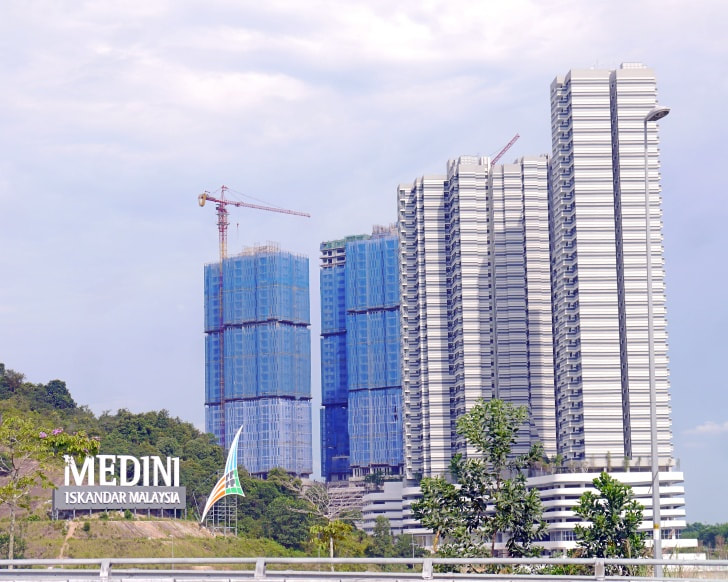
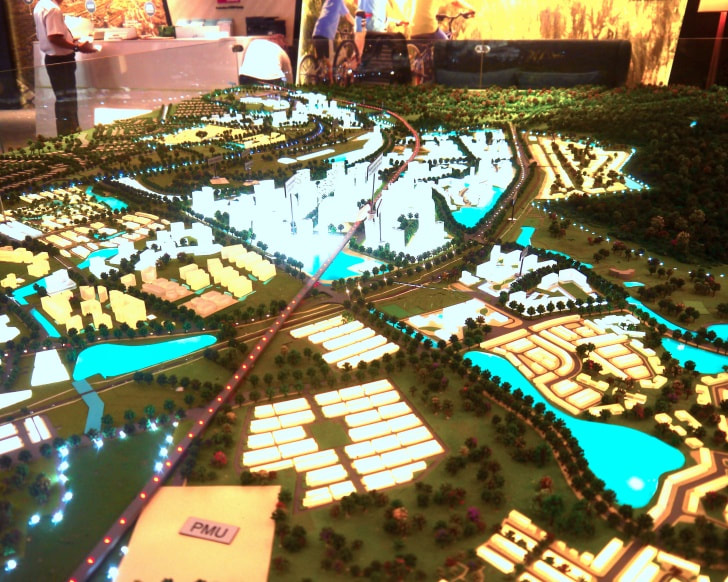
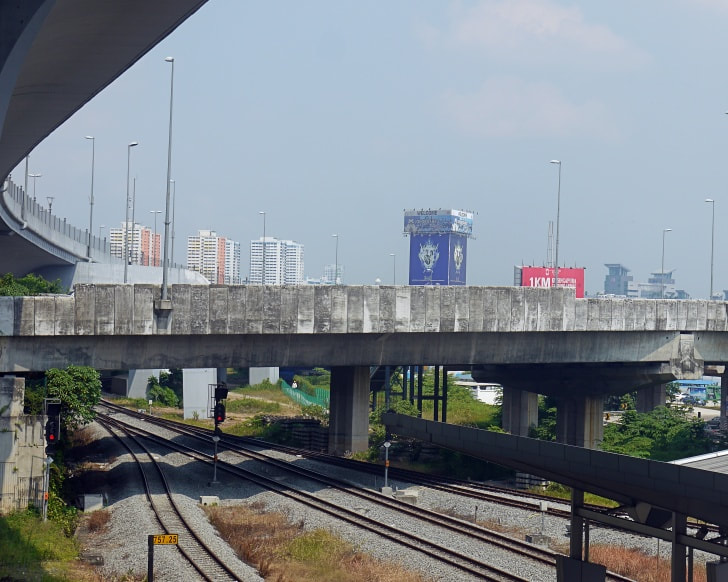
 RSS Feed
RSS Feed
